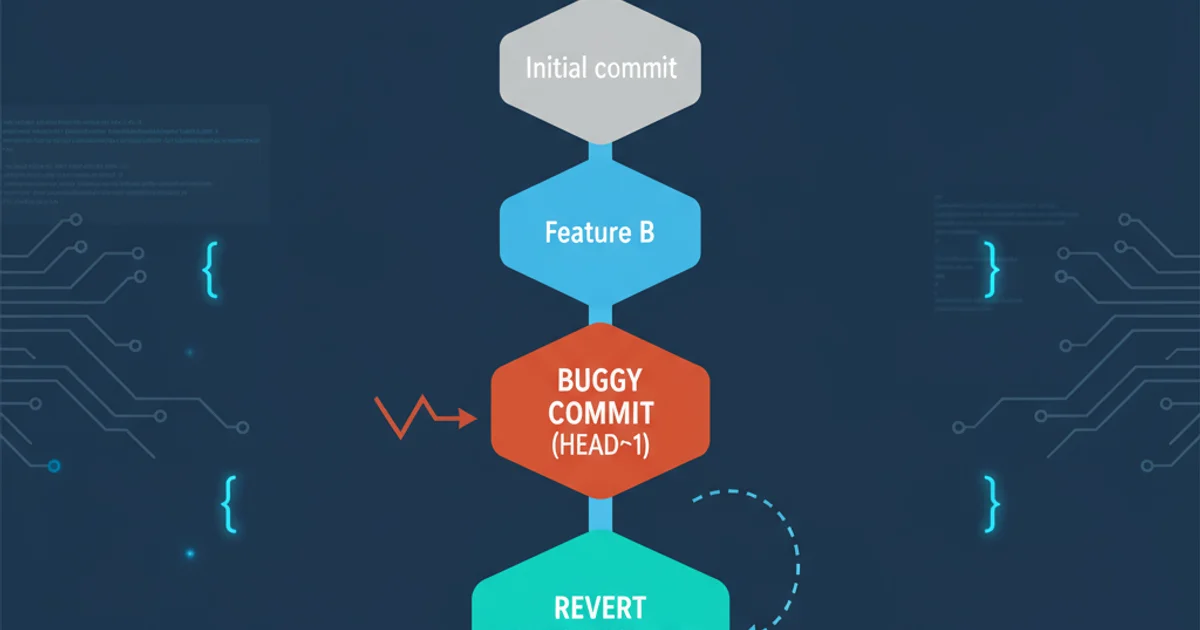How to plot multiple ECDF's on one plot in different colors in R
Categories:
Plotting Multiple ECDFs with Distinct Colors in R

Learn how to effectively visualize and compare multiple Empirical Cumulative Distribution Functions (ECDFs) on a single plot in R, using different colors for clear distinction.
Empirical Cumulative Distribution Functions (ECDFs) are powerful tools for visualizing the distribution of a dataset. They show the proportion of observations less than or equal to a given value. When comparing multiple datasets, plotting their ECDFs on the same graph with distinct colors can reveal subtle differences and similarities in their distributions that might be missed with other plots like histograms or box plots. This article will guide you through the process of generating and plotting multiple ECDFs in R, ensuring each is clearly identifiable by color.
Understanding ECDFs and Their Utility
An ECDF estimates the cumulative distribution function of a random variable based on a sample. For a given value x, the ECDF at x is the proportion of observations in the sample that are less than or equal to x. In R, the ecdf() function creates an ECDF object, which can then be plotted. When comparing several groups, overlaying their ECDFs allows for direct visual comparison of their shapes, locations, and scales. For instance, you can quickly see if one group tends to have higher or lower values than another, or if one group's values are more spread out.
flowchart TD
A[Start with Raw Data] --> B{Group Data by Category}
B --> C[Calculate ECDF for Each Group]
C --> D[Combine ECDF Data for Plotting]
D --> E[Plot Combined Data with `ggplot2`]
E --> F[Assign Different Colors to Each Group]
F --> G[Add Labels and Legend]
G --> H[Final ECDF Plot]Workflow for plotting multiple ECDFs in R.
Generating Sample Data and Basic ECDF Plotting
Before we can plot multiple ECDFs, we need some data. Let's simulate data from a few different distributions to represent distinct groups. We'll use rnorm() for normal distributions with varying means and standard deviations, and runif() for a uniform distribution. This will allow us to demonstrate how to differentiate these distributions visually.
# Load necessary libraries
library(ggplot2)
library(dplyr)
# Generate sample data for three groups
set.seed(123)
data_group1 <- rnorm(100, mean = 0, sd = 1)
data_group2 <- rnorm(100, mean = 1, sd = 0.8)
data_group3 <- runif(100, min = -2, max = 2)
# Combine data into a data frame for ggplot2
df <- data.frame(
value = c(data_group1, data_group2, data_group3),
group = factor(c(rep("Group 1", 100), rep("Group 2", 100), rep("Group 3", 100)))
)
# View the first few rows of the combined data
head(df)
R code to generate sample data for three distinct groups.
Plotting Multiple ECDFs with ggplot2
The ggplot2 package provides a flexible and powerful framework for creating high-quality graphics in R. It includes the stat_ecdf() function, which makes plotting ECDFs straightforward. By mapping the group variable to the color aesthetic, ggplot2 automatically assigns different colors to each ECDF and generates a legend.
# Plot multiple ECDFs using ggplot2
ggplot(df, aes(x = value, color = group)) +
stat_ecdf(geom = "step") +
labs(
title = "ECDFs of Multiple Groups",
x = "Value",
y = "Cumulative Probability",
color = "Group"
) +
theme_minimal() +
scale_color_manual(values = c("Group 1" = "blue", "Group 2" = "red", "Group 3" = "darkgreen"))
R code to plot multiple ECDFs using ggplot2 with custom colors.
geom = "step" in stat_ecdf() ensures that the ECDF is plotted as a step function, which is the standard representation for empirical cumulative distributions. You can also adjust line thickness with lwd or line type with linetype within stat_ecdf() for further customization.Interpreting the Multi-ECDF Plot
Once plotted, the multi-ECDF graph provides immediate insights:
- Location: If one ECDF is consistently to the right of another, it indicates that the values in that group tend to be larger.
- Spread: A steeper ECDF suggests less variability (more concentrated data), while a flatter ECDF indicates greater variability (more spread-out data).
- Overlap: The degree of overlap between ECDFs shows how similar or different the distributions are. Little overlap implies distinct distributions.
In our example, you would observe that 'Group 2' (red) is generally shifted to the right compared to 'Group 1' (blue), indicating higher values. 'Group 3' (dark green), being uniform, will show a more linear progression compared to the S-shaped normal distributions.